In recent years, minimalist design has become a defining characteristic of modern car interiors. This trend towards simplicity and functionality is not just about aesthetics, but also reflects broader shifts in consumer preferences and technological advancements. We explore the reasons behind the dominance of minimalist interiors in today’s automotive landscape.
Evolution of Car Interior Design
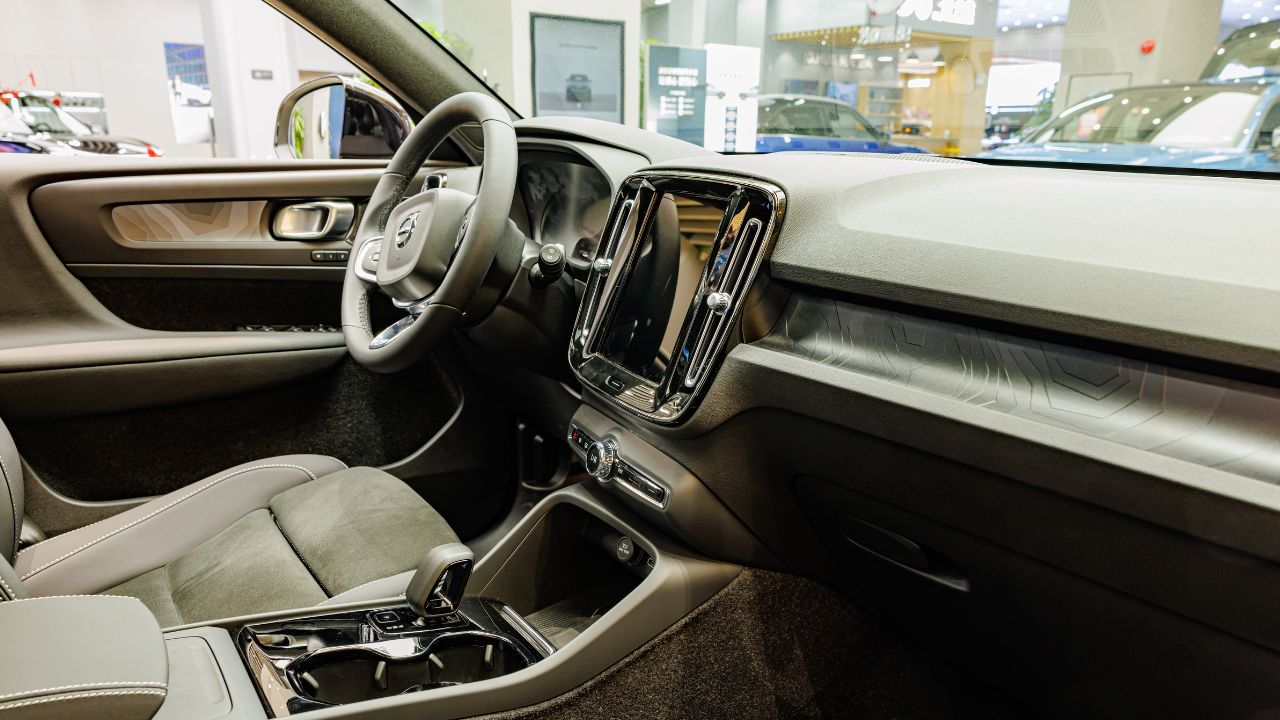
Car interiors have undergone a significant transformation over the decades. During the mid-20th century, vehicles often featured ornate designs, with plush materials and an abundance of physical controls. These interiors were as much about showcasing luxury as they were about functionality. However, as consumer preferences shifted towards more practical and efficient designs, the aesthetic of car interiors began to change. The sleek, streamlined designs of today owe much to the influence of Scandinavian and Japanese design philosophies, which prioritize simplicity, functionality, and a connection to nature.
Scandinavian design, with its emphasis on clean lines and minimal clutter, has been particularly influential. Brands like Volvo have long adopted this ethos, creating interiors that feel spacious and serene. Similarly, Japanese automakers have embraced minimalist design, focusing on user-friendly interfaces and efficient use of space. The consumer demand for simplicity and efficiency has played a significant role in shaping these design choices, as modern drivers prioritize ease of use and accessibility over elaborate design features.
Technological Advancements
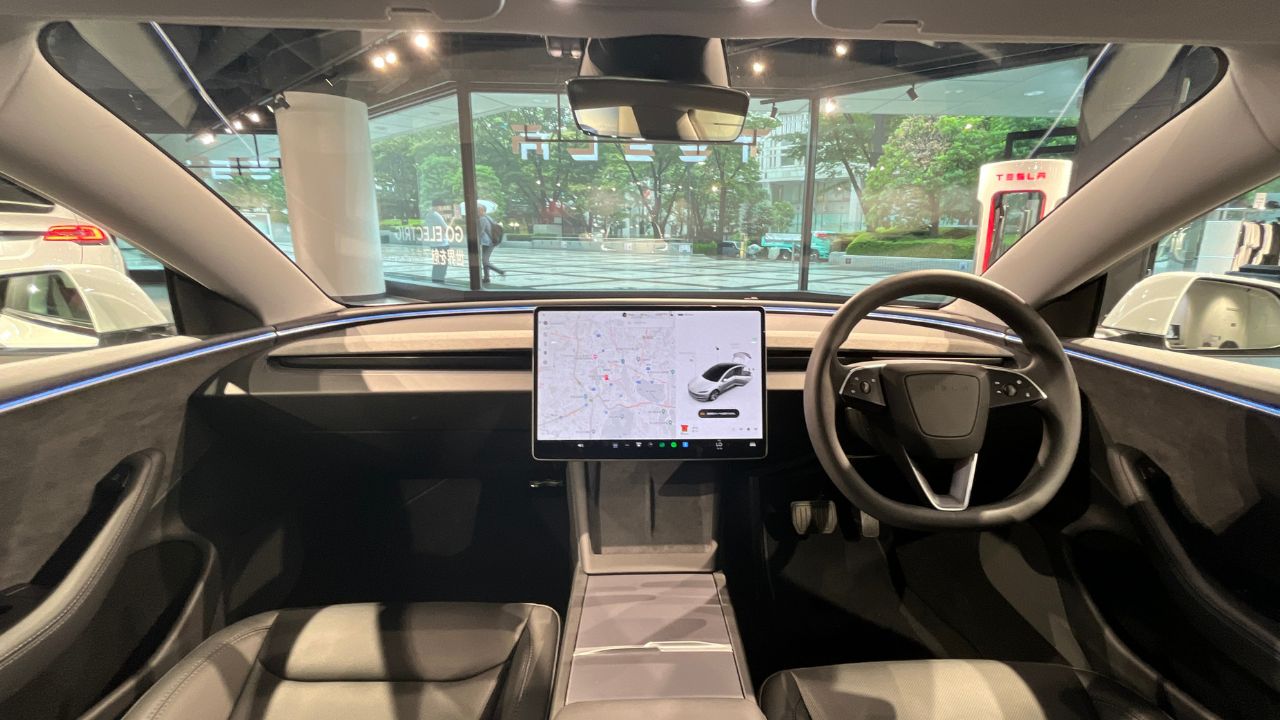
The integration of digital technology has drastically altered the landscape of car interior design. The proliferation of touchscreens and digital interfaces has reduced the need for a multitude of physical buttons and knobs, creating a cleaner and more streamlined dashboard. For instance, Tesla’s Model 3 features a large central touchscreen that controls most of the vehicle’s functions, eliminating the need for a cluttered dashboard.
Moreover, advancements in materials and manufacturing techniques have enabled automakers to achieve minimalist aesthetics without sacrificing quality or durability. Lightweight composites and innovative textiles contribute to an uncluttered look while offering practical benefits like improved fuel efficiency. Electric vehicles (EVs) further enhance these possibilities, as they require fewer mechanical components, allowing for more spacious and flexible interior designs. The BMW i3, for example, utilizes sustainable materials and a minimalist design to create a spacious and modern interior.
Enhancing User Experience
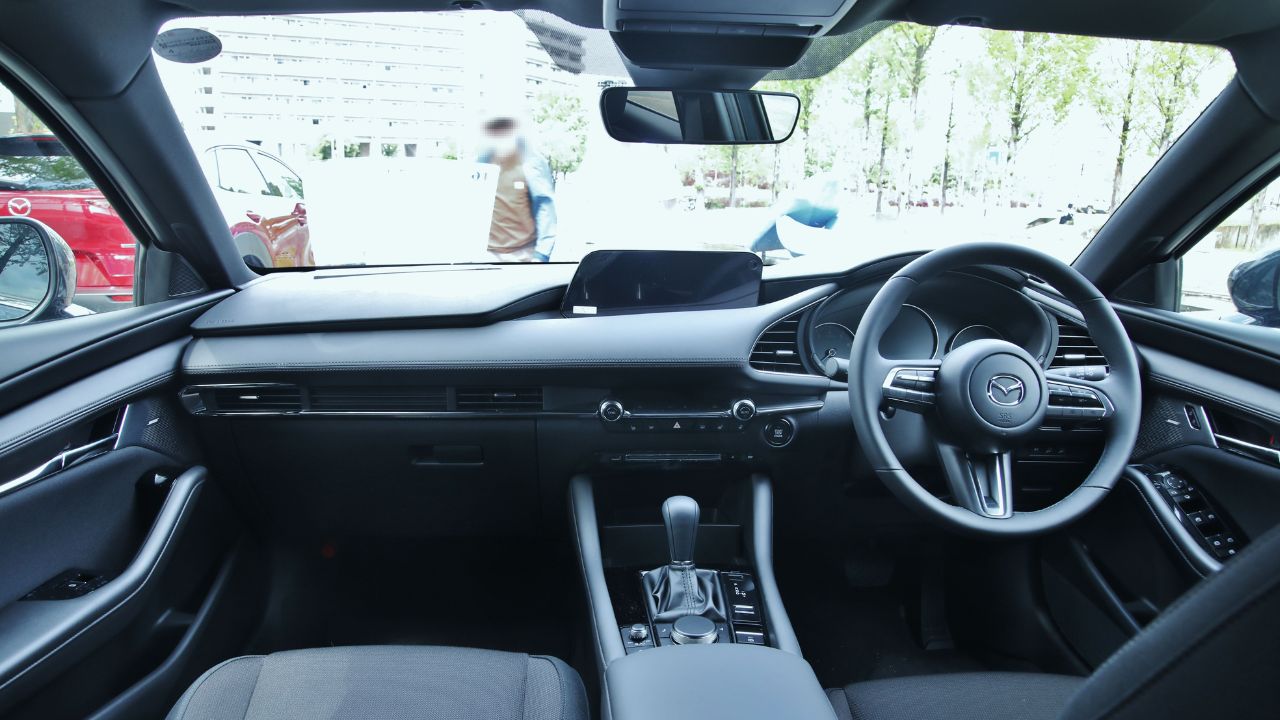
Minimalist interiors are not only about aesthetics; they significantly enhance the user experience. Ergonomic design principles play a crucial role in ensuring that drivers and passengers enjoy maximum comfort. Streamlined seating arrangements and intuitive controls make for a more enjoyable driving experience. Brands like Mazda focus on the “Jinba Ittai” philosophy, ensuring a harmonious connection between the car and driver.
Intuitive interfaces and decluttered dashboards contribute to improved safety and ease of use. By reducing distractions, these designs allow drivers to focus more on the road. Ambient lighting and innovative seating arrangements further enhance the experience, creating a serene environment that can reduce stress and fatigue during long journeys. The Mercedes-Benz S-Class, with its customizable ambient lighting and ergonomic seating, exemplifies how minimalist design can create a luxurious yet functional interior.
Environmental and Economic Factors
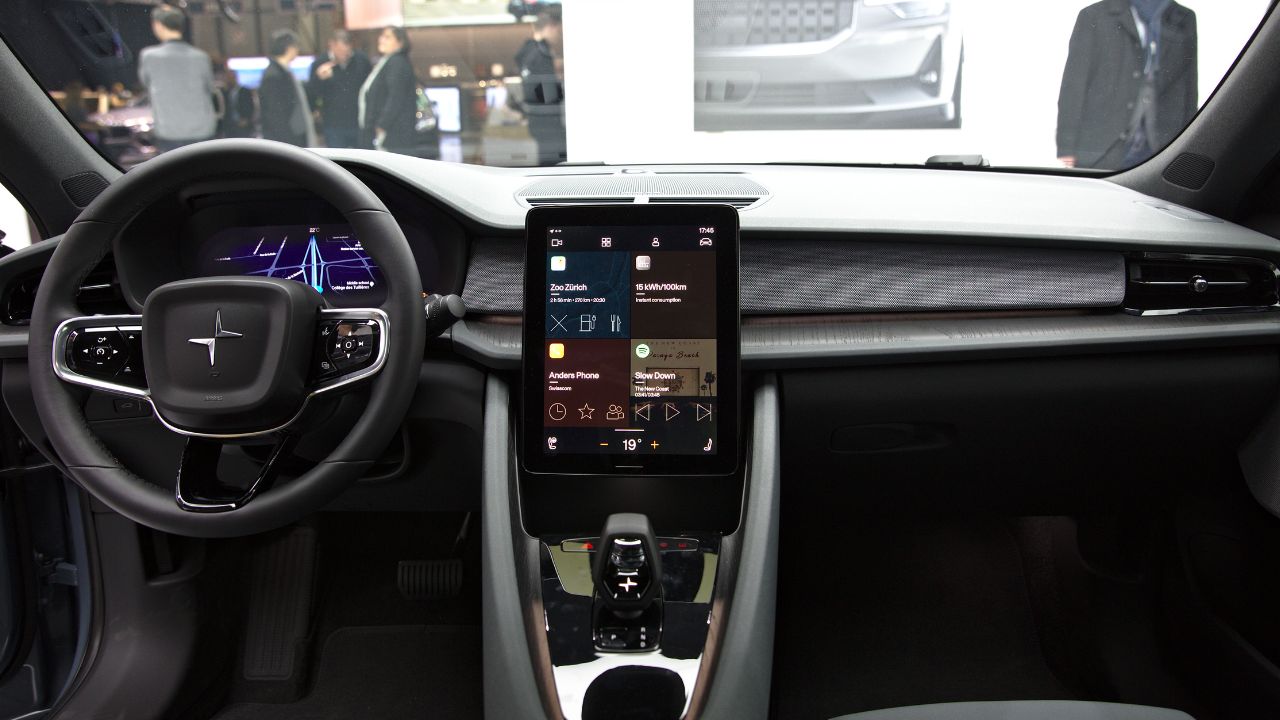
The minimalist trend in car interiors also aligns with growing environmental and economic considerations. The use of sustainable materials, such as recycled plastics and natural fibers, reflects a commitment to eco-friendly practices. This approach appeals to eco-conscious consumers who prioritize sustainability in their purchasing decisions. For example, the Ford Mustang Mach-E incorporates recycled materials into its interior design, reducing environmental impact.
From an economic perspective, minimalist designs can offer cost-saving benefits for both manufacturers and consumers. Simplified designs often require fewer materials and less complex manufacturing processes, which can lower production costs. These savings can be passed on to consumers, making vehicles more accessible. Additionally, minimalist interiors contribute to more energy-efficient vehicle designs, as reduced weight and improved aerodynamics can enhance fuel efficiency and range.
Future of Minimalist Car Interiors
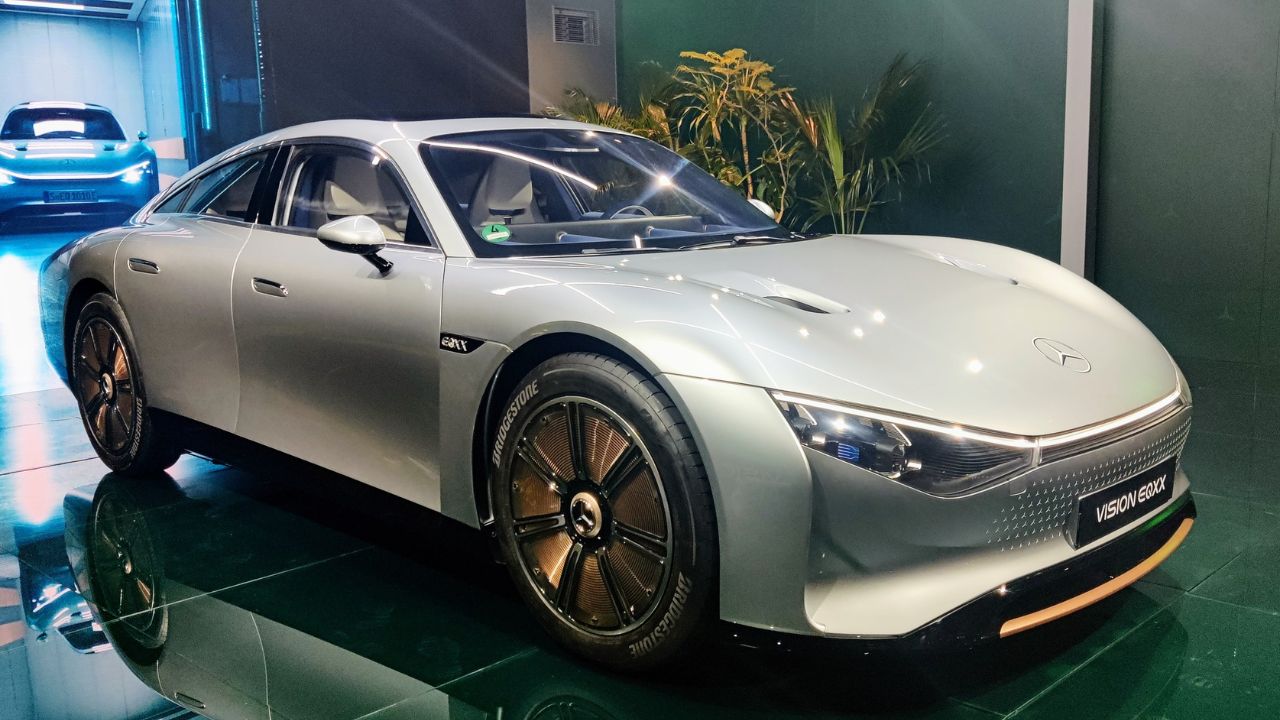
As the automotive industry continues to evolve, the future of minimalist car interiors holds exciting possibilities. Autonomous driving technology is likely to have a significant impact, transforming car interiors into living spaces where passengers can relax, work, or socialize. Designers may focus on creating flexible and adaptable interiors that cater to these new use cases.
Personalization and customization will also play a crucial role in the future of minimalist design. While minimalism emphasizes simplicity, there is still room for individual expression. Automakers may offer options for personalized color schemes, materials, and features to cater to diverse consumer tastes. The ongoing balance between minimalism and the integration of new technologies will be a key challenge as the industry moves forward. For instance, the Audi A8 offers a customizable interior with a minimalist design, allowing owners to select from various materials and finishes.
The dominance of minimalist interiors in modern cars reflects a broader shift in automotive design, driven by technological advancements, consumer preferences, and environmental considerations. As the industry continues to innovate, the principles of minimalism will likely remain a guiding force, shaping the future of car interiors for years to come.
Like Fast Lane Only’s content? Be sure to follow us.
Here’s more from us:
*Created with AI assistance and editor review.

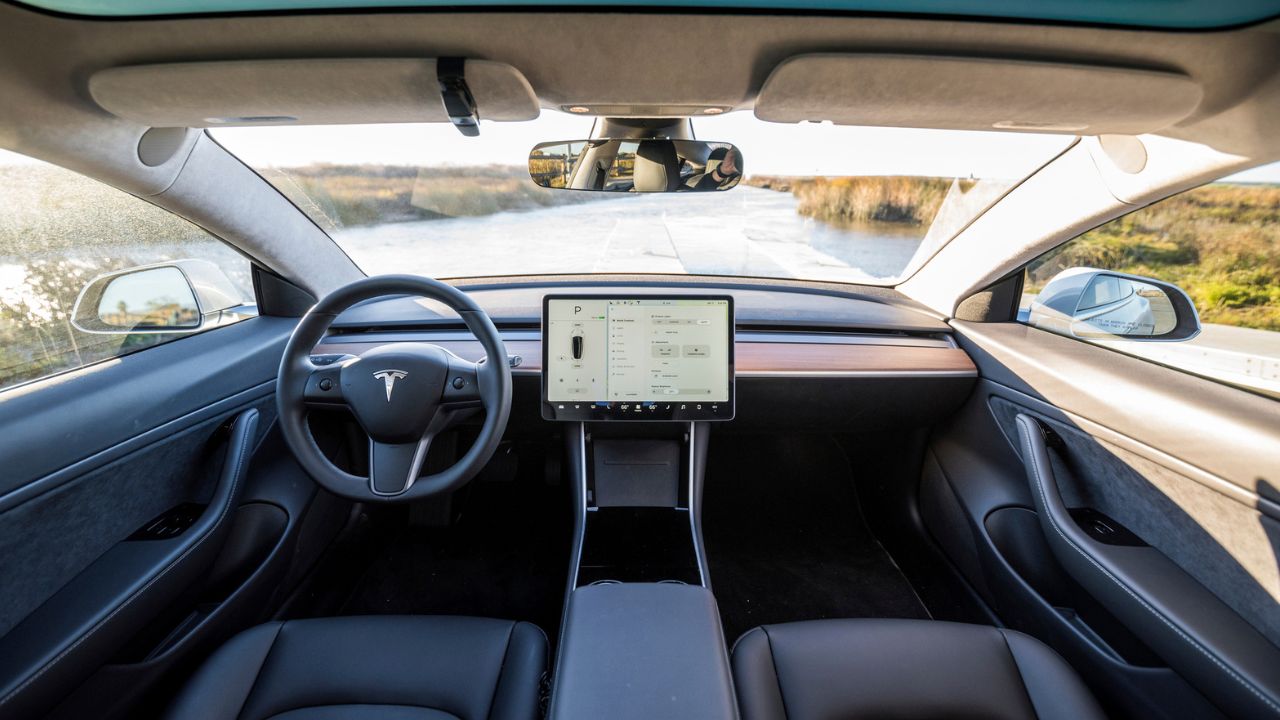

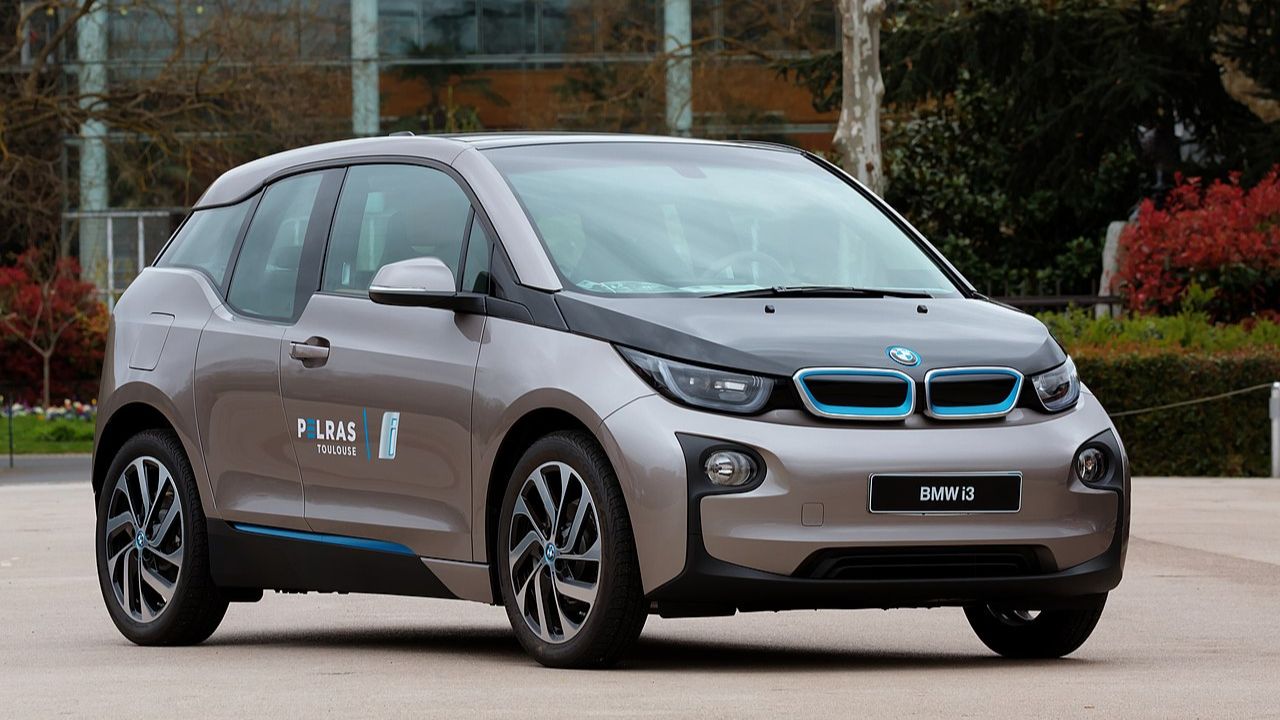
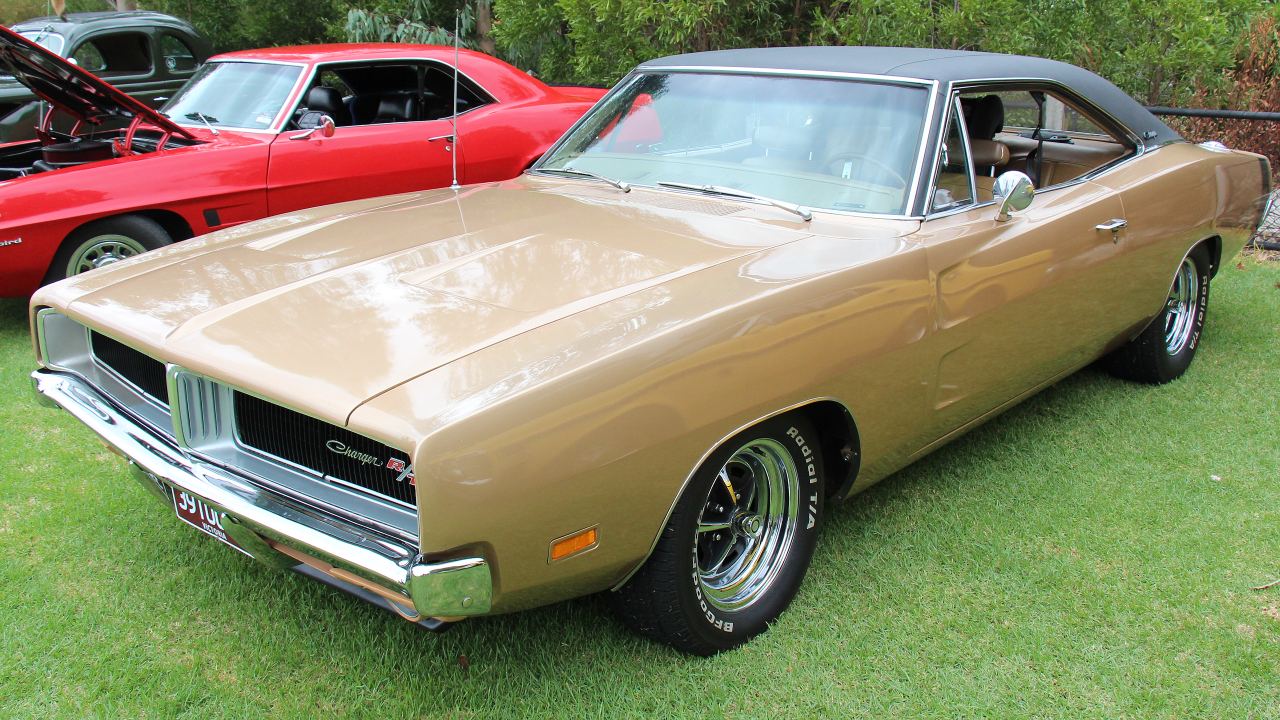
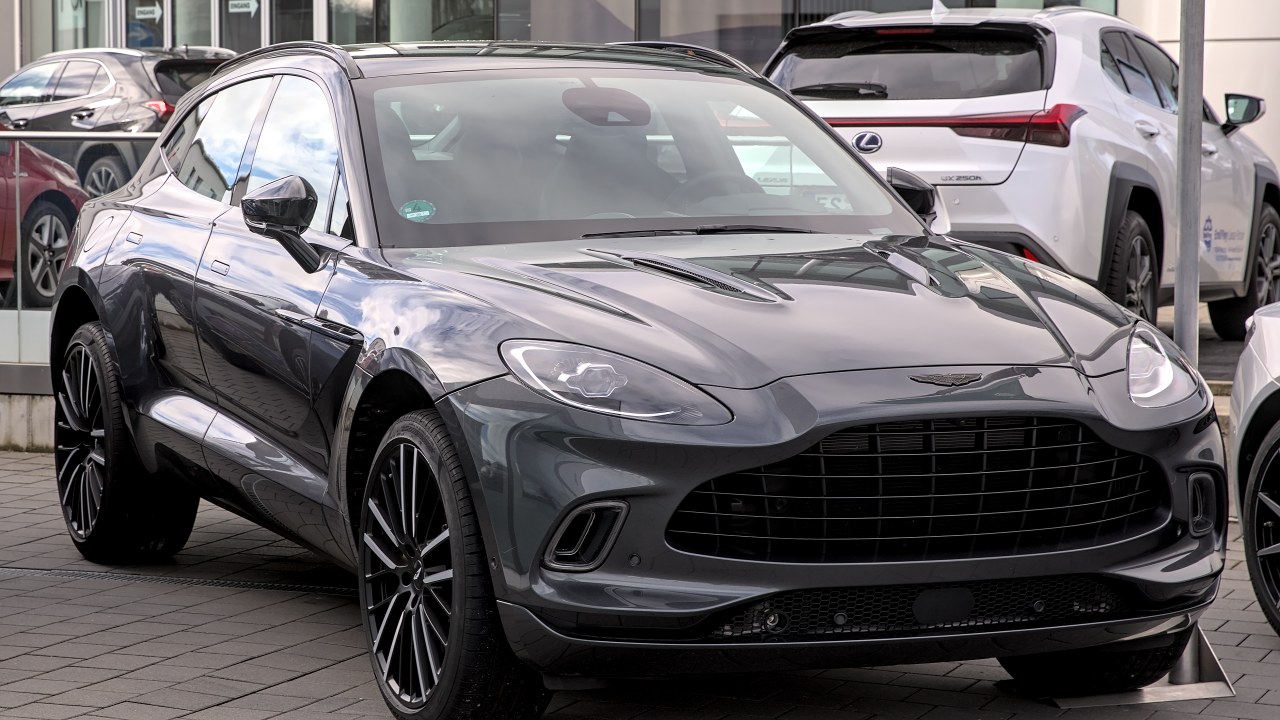
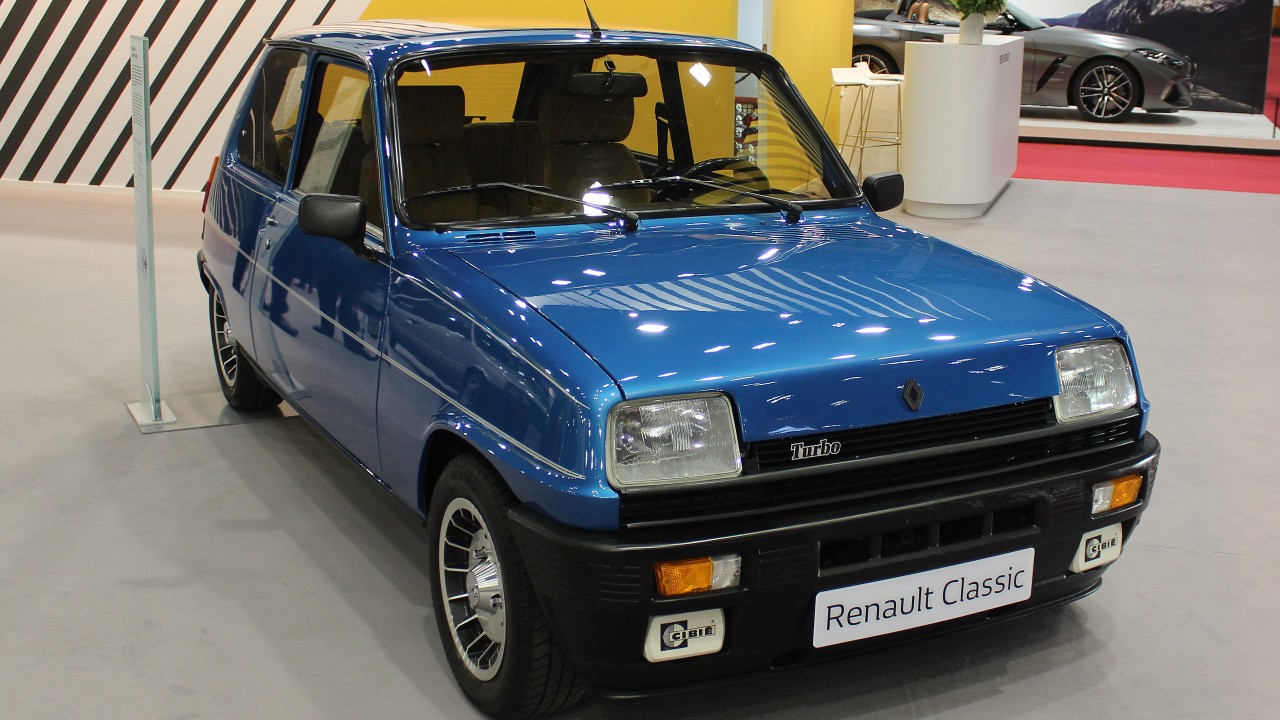
Leave a Reply